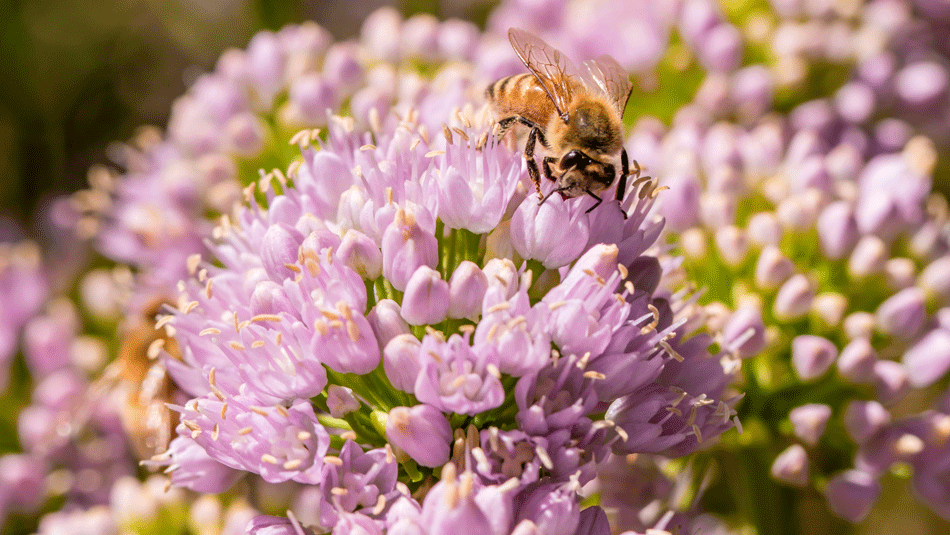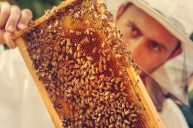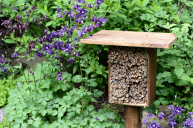Colony collapse disorder, where wild bees and honeybees die off in large numbers, is a great concern to food producers around the world. Because crops rely on bees for pollination, if bees disappear, our natural food system could collapse.
In a new report on bees and pesticides issued this week, the European Food Safety Authority (EFSA) confirmed that pesticides known as neonicotinoids put wild bees and honeybees at risk. Bees that are exposed to these pesticides don't keep their hives as clean, plus the queens in those hives die off more often (and hives without queens for very long tend to collapse and die).

The EFSA report reviewed three specific neonicotinoid pesticides: clothianidin, imidacloprid, and thiamethoxam. Researchers in Europe studied three ways bees are exposed to these pesticides: through residue in bee pollen and nectar, by dust drifting across fields during planting, and via water consumption.
"The availability of such a substantial amount of data as well as the guidance has enabled us to produce very detailed conclusions," said Jose Tarazona, head of EFSA's Pesticides Unit. "There is variability in the conclusions, due to factors such as the bee species, the intended use of the pesticide, and the route of exposure. Some low risks have been identified, but overall the risk to the three types of bees we have assessed is confirmed."
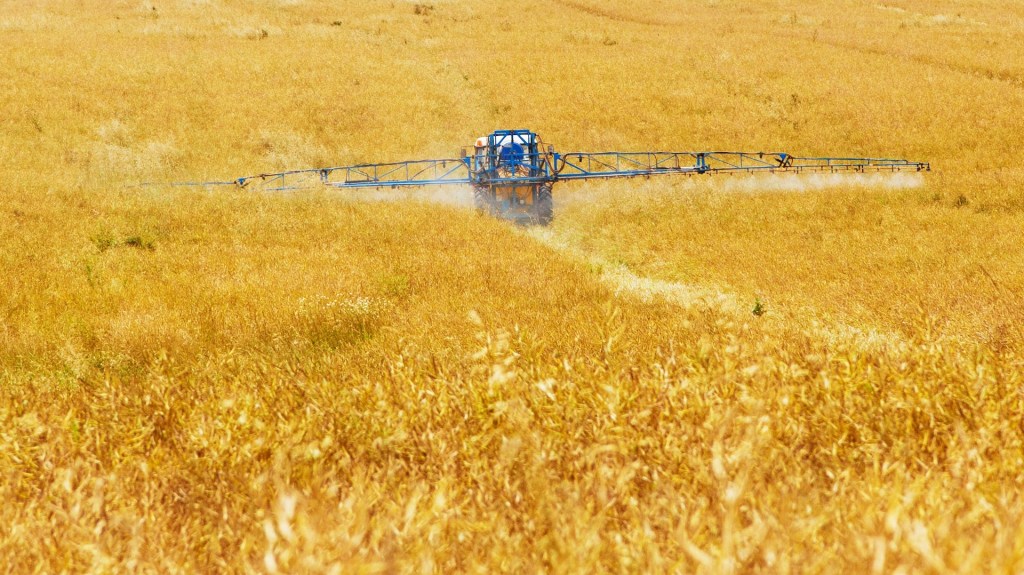
This study included a review of other research done since the European Union placed a moratorium on use of neonicotinoids in 2014. The companies that make these pesticides, including Bayer and Syngenta, claim that colony collapse is due to multiple factors and that there is little field evidence that shows bee health is actually hurt by pesticides.
However, the other research done over the past four years seems to show otherwise for some bees. Bees that don't have access to a diverse set of flowering crops (for example, bees that live in an area dominated by one type of plant, usually a cash crop like canola) were more susceptible to the negative effects of pesticides and difficulty reproducing, which meant that fewer of the hives survived. And lab tests clearly showed that bees exposed to neonicotinoids did not maintain their hives as well.
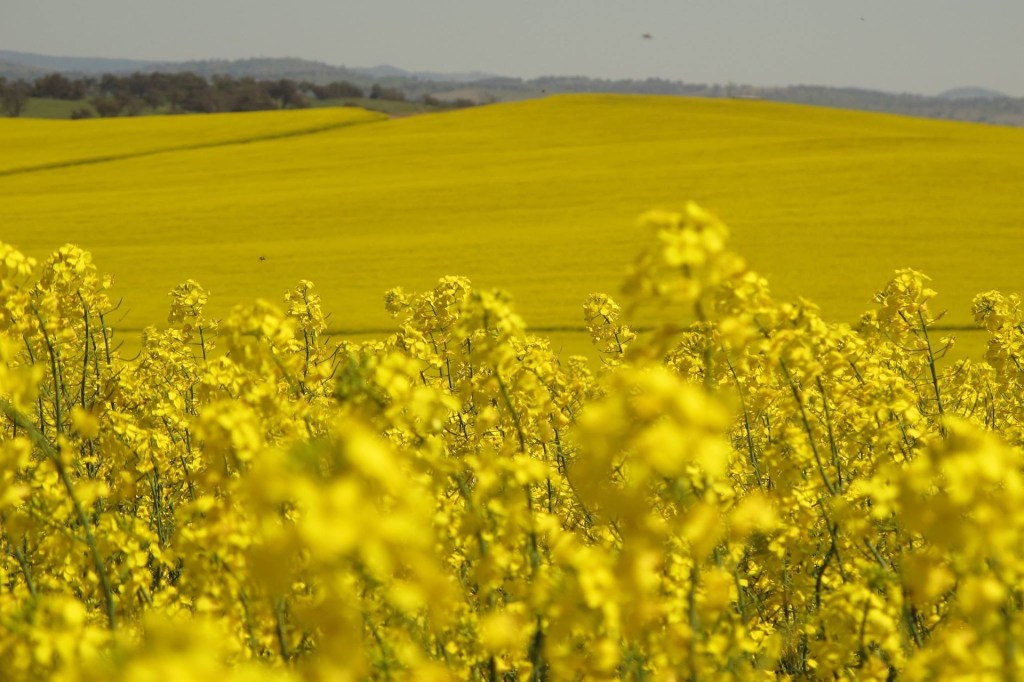
One factor in pesticide use is that it's difficult to keep it confined to the specific field it's used on. Dust drifts onto neighboring fields, bringing particles of the chemical with it. By looking at where bees got their pollen from (wild flowers instead of planted crops like corn or soybeans), another field study done by scientists in Canada proved that bees from honeybee colonies were picking up contamination from plants not treated with pesticides, which can be explained by the chemicals dissolving in ground water and then being soaked up by the wild plants.
There is one good bit of news for bees and pesticides. Scientists noted that when its use was confined to greenhouses, nearby bees didn't seem to be affected. Researchers in Germany also noted in one of the studies that honeybees there had access to a wider variety of wildflowers, and that greater diversity in food sources for the bees may have them healthier overall and thus less vulnerable to the effects of the pesticides.

The European Union plans to discuss a complete ban on outdoor use of these three neonicotinoids in a meeting this April.
Here in the United States, the Environmental Protection Agency is in the process of completing several risk assessments on the use of neonicotinoids; the agency plans for those assessments and proposed interim decisions to be released for public comment some time this year.
The EPA also provides a way for beekeepers and others to report bee incidents as well as information on pollinator protection.
